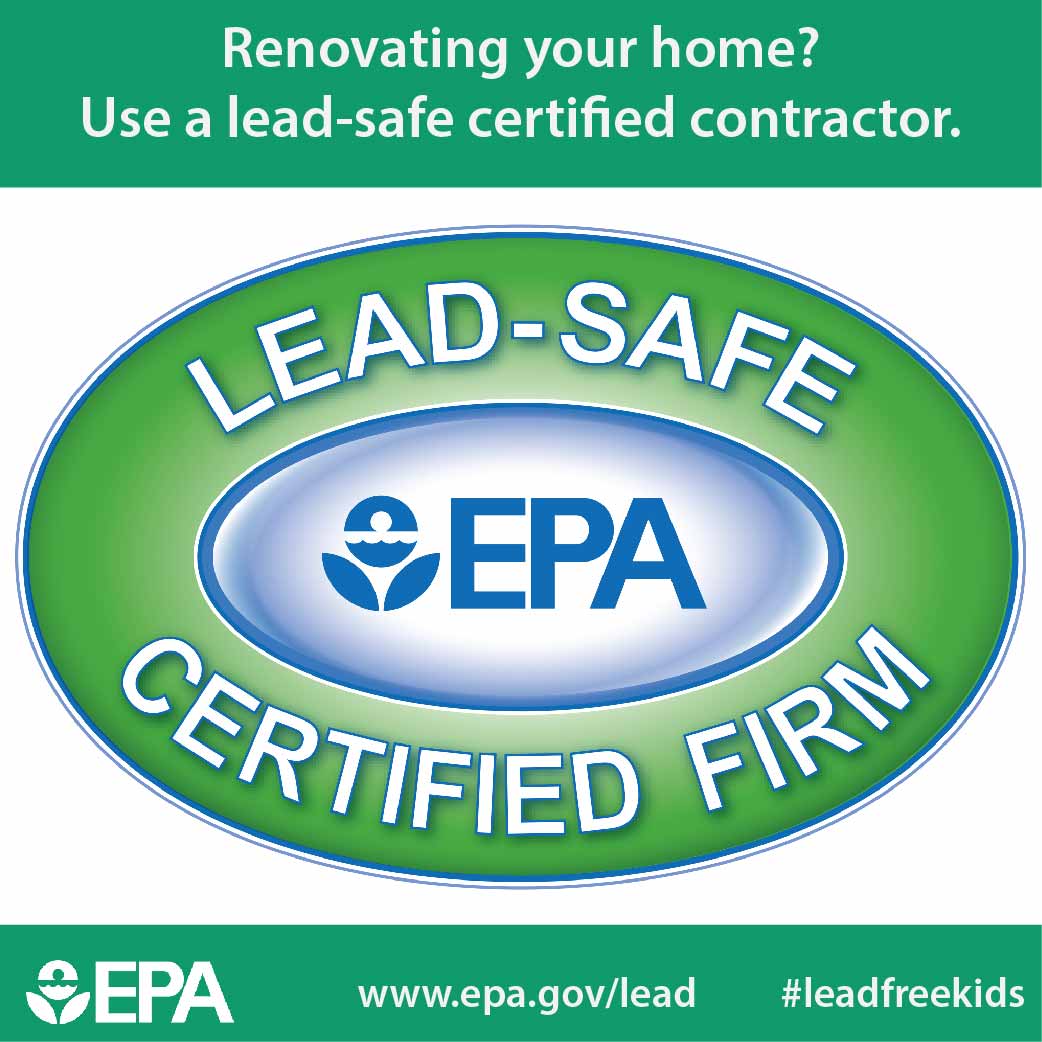Seasonal Factors In Commercial Outside Painting: Key Insights You Must Recognize
Seasonal Factors In Commercial Outside Painting: Key Insights You Must Recognize
Blog Article
Article By-Carlson Decker
When you're intending an industrial exterior painting job, seasonal aspects can make or break your results. You'll wish to think about how temperature level and moisture impact paint application and drying out times. Choosing the appropriate season can ensure your paint sticks effectively and lasts longer. However which periods are truly the very best for this sort of job? Allow's check out the crucial elements that can influence your job's success.
The Effect of Temperature on Paint Application
When you're planning a commercial outside painting task, the temperature level can significantly affect how well the paint adheres and dries out.
Ideally, you intend to paint when temperatures vary between 50 ° F and 85 ° F. If it's too cold, the paint might not heal appropriately, resulting in concerns like peeling or fracturing.
On the other hand, if it's also hot, the paint can dry out as well promptly, avoiding proper adhesion and resulting in an unequal coating.
You need to additionally think about the time of day; morning or late afternoon provides cooler temperatures, which can be much more beneficial.
Always inspect the manufacturer's recommendations for the certain paint you're using, as they commonly offer guidance on the optimal temperature level array for ideal results.
Humidity and Its Effect on Drying Times
Temperature isn't the only environmental variable that affects your commercial outside paint project; humidity plays a substantial function as well. High moisture degrees can reduce drying times substantially, influencing the overall quality of your paint job.
When the air is saturated with dampness, the paint takes longer to treat, which can bring about issues like poor attachment and a higher danger of mildew development. If you're painting on a particularly moist day, be planned for extended delay times between layers.
https://www.express.co.uk/life-style/property/1586660/home-interior-bedroom-paint-colours-to-avoid-yellow to check local weather and strategy appropriately. Preferably, aim for humidity degrees between 40% and 70% for optimal drying out.
Keeping these factors in mind ensures your project stays on track and delivers a long lasting surface.
Best Seasons for Commercial Outside Painting Projects
What's the best season for your commercial external paint tasks?
Springtime and very early autumn are commonly your best bets. During these periods, temperatures are light, and humidity degrees are commonly reduced, producing optimal problems for paint application and drying.
Avoid summertime's intense heat, which can cause paint to completely dry also swiftly, causing inadequate adhesion and surface. In a similar way, winter's cold temperatures can impede proper drying and treating, running the risk of the longevity of your paint work.
Go for days with temperature levels in between 50 ° F and 85 ° F for optimum results. linked web-site in mind to check the neighborhood weather prediction for rainfall, as damp conditions can destroy your project.
Planning around these factors guarantees your paint task runs efficiently and lasts much longer.
Final thought
Finally, preparing your business exterior painting tasks around seasonal factors to consider can make a significant difference in the result. By organizing job throughout the excellent temperatures and humidity levels, you'll make sure far better adhesion and drying out times. Remember to watch on neighborhood weather prediction and choose the correct time of year-- spring and very early fall are your best bets. Taking these actions will certainly assist you achieve a long lasting and professional finish that lasts.
